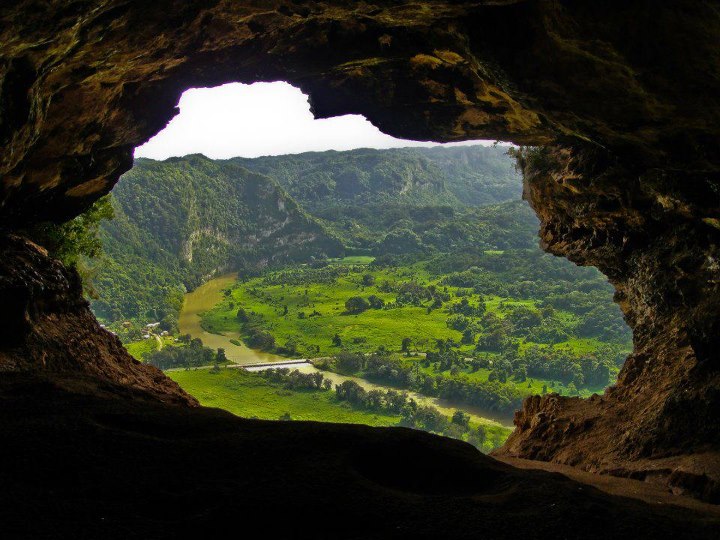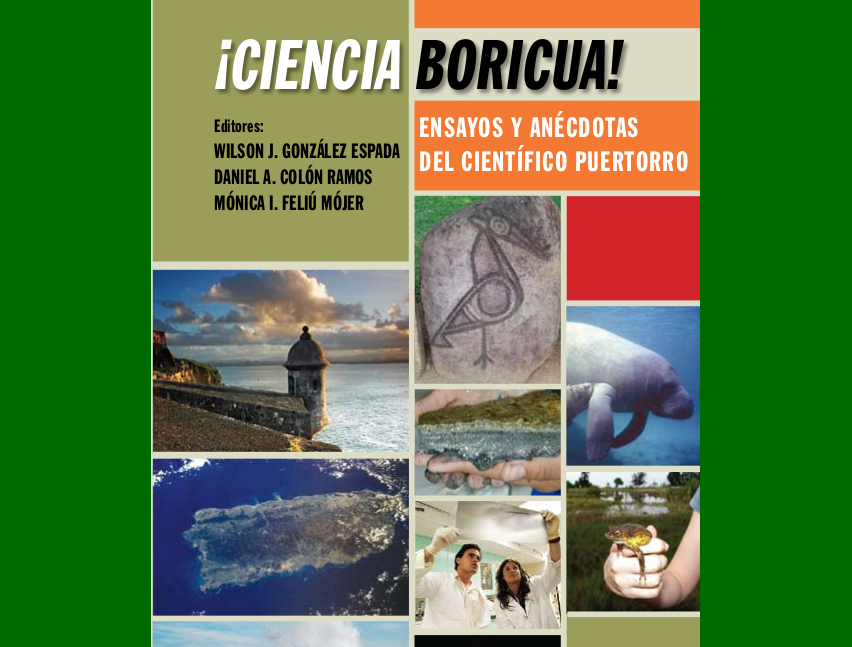Mariposario Arlequín: an educational sanctuary for the conservation of butterflies in the heart of Las Piedras
Submitted on 5 August 2025 - 4:15pm
This article is reproduced by CienciaPR with permission from the original source.
CienciaPR Contribution:
Original Source:
By:

Las Piedras - In a quiet neighborhood of this municipality surrounded by colorful houses, is the Harlequin Butterfly Sanctuary, a sanctuary that captures the attention with the silent fluttering of butterflies fluttering among flowers. Crossing the entrance in recent days, one could observe the summer interns on their last day walking along the main corridor, surrounded by dozens of butterflies and plants climbing the edges of the space.
July 19 marked the closing of the internship for three volunteers who participated, for seven weeks, in conservation work with butterflies and their habitat. Their experience included the entire life cycle: from the egg to the release of the adult.
“It was great,” summarized Adrián González in an interview with El Nuevo Día.
González studies biology at the University of Puerto Rico (UPR) in Cayey and was one of those selected for this first internship at the butterfly farm. “We left learning how important butterflies and their host plants are to maintain the balance of the ecosystem,” he added.
Although the Arlequín Butterfly Garden has existed since 2021, this was the first time an internship was offered, explained Ian Pérez, biologist and founder of the project. The name of the place comes from the harlequin butterfly (Atlantea tulita), also known as the quebradillana butterfly, a species endemic to Puerto Rico that was listed as threatened by the Federal Fish and Wildlife Service since 2022.
However, during the internship, the young volunteers worked mainly with other species, such as the monarch butterfly, the zebra and the sulfura. They worked both in the butterfly farm and in a scientific laboratory and in the natural area of Cerro Las Tetas, in Cayey.
“In the laboratory, we worked with monarchs, which can be infected by a parasitic virus, the OE (Ophryocystis elektroscirrha),” shared Alexia Torres, “intern” and student of Microbiology at the UPR Mayagüez Campus. “Being able to connect microorganisms with the ecosystem is an essential part of what I study.”
After rearing them in the butterfly farm, the monarch and zebra butterflies were released back into the natural environment of Cayey. The reintroduction was accompanied by the collection of leaves of Calotropis procera, the host plant of the monarch caterpillars.
This methodology, according to Pérez, is essential to promote pollination, a process that depends on the continuous interaction between plants and pollinators such as butterflies.
Pollination, which enables the formation of fruits and flowers, is vital for both animal and human food. In fact, in the United States alone, agricultural pollination is valued at more than $10 million per year. Globally, about 80% of the 1,400 plants grown for human consumption or industrial use require pollination.
For Pérez, involving the community in this process is a way to bridge the gap between science and everyday life. That is why he designed the internship to encourage young people's interest in conservation.
In fact, the interns also created their own pollination garden. “We had a creative meeting to decide which insects we wanted to attract, because the goal was to include both host plants and nectar plants for different pollinators,” said Doralis Rivera, an intern and student of Integrative Biology at the Río Piedras Campus of the UPR.
During the visit to the butterfly garden, the vibrant colors of the garden created by the volunteers, which also included a small house for insects such as bees and beekeepers, stood out.
To prepare the space, the young people attended workshops during the first three weeks of the internship on plant propagation, caterpillar care, butterfly husbandry and general butterfly garden management.
“I loved being part of the breeding workshops, because I learned valuable things that I hadn't learned in any school course,” Rivera commented. For her, educating the public-especially the children who attended the guided tours-is key to spreading the word about the importance of conserving butterflies.
The butterfly garden also offers host plants and rearing “kits” so that people can observe the metamorphosis up close, from egg to butterfly. “It's a process that, honestly, can change your life,” Perez said.
In the case of the monarch, the process begins with the laying of the egg, which hatches after four days. The larva spends nine to 16 days feeding on leaves and multiplying its mass more than 2,000 times. It then enters the chrysalis stage, where it remains for eight to 15 days until it emerges as a butterfly, which will live for two to five weeks.
As the only space of its kind in Las Piedras, the Arlequín Butterfly Garden is a key center for the acquisition of plants, kits and educational workshops on butterfly conservation.
“It's educational nutrition,” Torres stressed. “Once you educate yourself, you can educate others and, therefore, you have to follow the chain.”
Participation in the internship was free, as it was a volunteer effort that could equally count as green contact hours. Perez hopes to continue the program in 2026. In the meantime, interested people can follow Mariposario Arlequín on Facebook and Instagram, to learn about the workshops that will be offered throughout the year.







